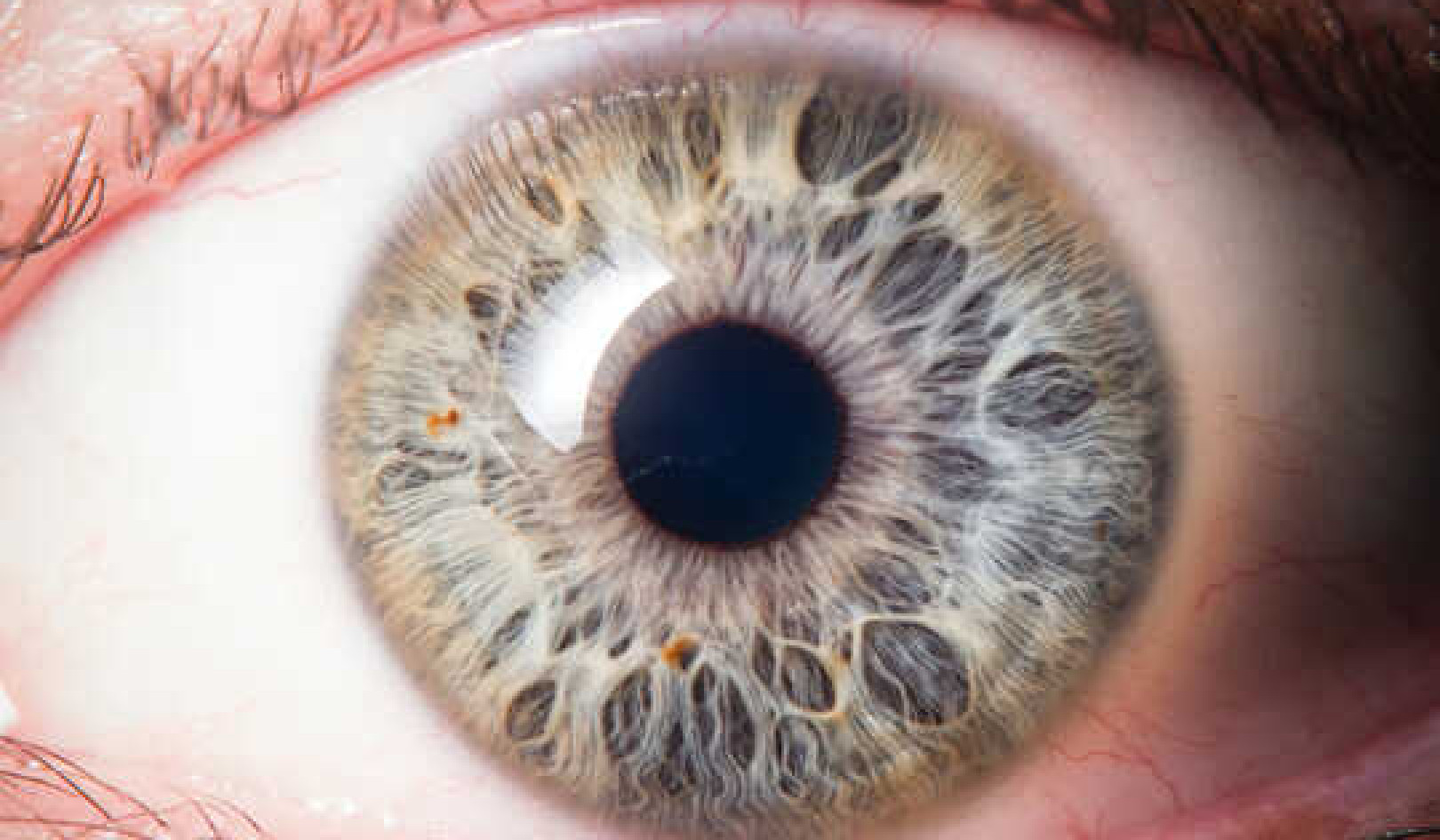
I believe that all animals are sentient. Each species has its own priorities and physical abilities that affect how its intelligence is displayed. But the notion that animals are not as smart as humans is incorrect; their intelligence is just different from ours. When you start communicating intuitively with animals, you will begin to perceive the unique intelligence of each species and each individual.
Hearing Animal Messages & Communications
Animals are always trying to get through to us. They are constantly sending us intuitive messages that we aren't aware of. However, in spite of ourselves, some of those messages are getting through. When you think your dog might need some water, and you check and find the bowl is empty, chances are that your dog sent you that message intuitively. You just didn't register it that way. When you get good at intuitive communication, you will be able to hear what your animal wants and needs. Animals are thrilled that we are finally learning to hear them. It makes their lives so much easier.
In the absence of direct intuitive communication, animals have to resort to other means to communicate and get us to understand. Pamela Ginger Flood told me this story about her horse Midnight when he was trying to give her an important message.
Pamela was moving and had to trailer Midnight and her other two horses to her new home. Midnight hates trailers. When the trailer came to pick up the horses, they loaded the youngest horse, Mikey, first, because he was so easygoing. Then they were going to load Midnight and, finally, Pal, the older horse. It took twenty minutes to load Midnight. He just stood there at the end of the trailer. Sometimes he would look like he was about to get on, but then he would glance in at Mikey and stop. Finally Midnight loaded. As soon as Midnight walked toward the back of the trailer, Mikey body-slammed Midnight and came unglued. Pamela and her friend were in danger of being slammed into walls and trampled. Midnight deliberately used his body to block Mikey from hurting them, all the while keeping an absolutely calm demeanor. He stood there like an immovable object, while Mikey tried to back over him. Midnight did not flinch or move an inch. Mikey eventually calmed down, and the women were able to load Pal. Midnight had known there was danger, but Pamela was too task-oriented to hear him telling her that Mikey was not safe. Pamela said that was the third time Midnight had saved her from serious harm, which proves another one of my axioms about animals: they are altruistic, even though most mainstream scientists insist they aren't.
Receiving is much harder than sending because we have been conditioned to resist the process. In school, we are taught to be critical thinkers, and critical thinking is death to intuition; the more schooling we've had, sometimes the harder it is to learn to receive messages. Simply put, to receive intuitively, you connect with the animal, scan for impressions, take the first things that come in, and accept what you get without judgment. It sounds easy, and for a few lucky people who didn't get a lot of social imprinting, it is. For the rest of us, there are some blackberry patches to cut through.
The Need for Proof of Animal Communication
It is important for your logical mind to be able to see proof that intuitive communication is real. In fact, that is the most important thing to establish. Once you learn how to talk with your own animals, I will teach you how to talk to animals you don't know and to ask questions that can be verified afterward. The results from such verifiable experiments can be overwhelmingly convincing, as you will see in the following story.
Like many brave readers, Sylvia Hager took my advice and began talking intuitively to everything that moved. That's really the best way to practice, as it gets you talking all the time. After a while she emailed me, saying that everyone in her neighborhood now thought she was crazy, but that she'd had some successes to report. She spoke with a German shepherd she met at a dog park and asked him these three questions: How old are you? What do you do? What does your owner do? She sent each question mentally as a thought to the dog. In response she got the idea from the dog that he was twelve years old and had a very exciting life and job. This information came to her as that sense of knowing – when the information appears in your head but you can't tell how it got there. Sylvia then got an image from the dog of a woman playing the piano and him lying at her feet listening.
After receiving the communications, Sylvia went up to the woman who was walking the dog and asked her how old the dog was. The woman replied that he was twelve years old. Bolstered by this response, Sylvia rushed to ascertain the answer to her third question. First she commented to the woman that she looked like a musician and then asked her what instrument she played. The woman replied that she really didn't play anything. Disappointed, Sylvia asked her second question about what the dog did and whether there was a lot of excitement in his life.
The woman replied, "Oh yes, my daughter and her family are moving and there's lots of excitement right now, so I took the dog for a few days."
"And your daughter?" Sylvia asked. "Does she play the piano, and does he like to lie at her feet listening?"
Sylvia said the woman's jaw dropped.
"How did you know that?" the woman asked.
Sylvia answered, "The dog told me."
Sylvia's neighbors weren't very subtle about their feelings that Sylvia was going crazy. One day, she was planting some herbs in her garden, one of which is good for the nerves. A neighbor walked by, and seeing Sylvia planting that particular herb, commented, "Ah, yes, that herb will be important for you!" This gave Sylvia an idea. The woman had a little dog named Lucky. Sylvia asked Lucky to tell her something about the woman. She mentally heard Lucky say, "My mum is handcrafting something for a family event." Sylvia went next door and announced to the neighbor, "Lucky told me you're handcrafting something for a family event." The woman was shocked, for she had just made a candle for a family baptism.
Verifying Messages from Your Own Animals
When talking with your own animals, you will find it harder to get this kind of instant verification. I recommend instead focusing on getting a flow of conversation going. It is possible to get verification with your own animals, though, and when you do, it will often come in the form of some behavior that tells you they heard and understood you. Here are two examples.
Jo Spenser's dog, Rebel, is somewhat overprotective of her, so she decided to have a chat with him to prepare him for an upcoming birthday party. She told him that the people coming were friends and should be allowed to enter, and that he was not to try to intimidate them by barking or growling. As she was talking to Rebel, she got a feeling back from him that hit her, she said, "Smack, square in the middle of my brain." It was a feeling of him telling her that if they were going to have guests, he wanted to have a bath. Jo said Rebel was not the most cooperative about bathing, and since he weighs fifty-five kilograms, she thought she would probably end up getting soaked. But as she picked up the bottle of shampoo and towel, Rebel leapt up with the same excitement he normally displayed for going on walks. He then proceeded to be extremely cooperative, turning when necessary, and lifting his paws during the whole bathing event. He even moved away from her to shake, and there was no lead or collar in sight.
My horse trainer, Kelly Michalec, told me this story about her mustang, Guinness, who was taken from the wild at the age of four. He had started to get nippy with her. She couldn't figure out what the problem was, but she knew he was trying to tell her something. He was not in any obvious pain. She kept asking him, "Do your feet hurt? Does your back hurt? What's wrong?" Then one day, she asked, "Do your teeth hurt?" As soon as she said that, he stopped biting. Kelly knew that even though she had had his teeth worked on, there must still be a problem. She got the dentist out to recheck him, and they found that he had a broken baby tooth way in the back of his mouth. Guinness never tried to bite her again. If they had not discovered his broken tooth, it could have led to serious infection.
Sending Information Intuitively to Animals
Here are some exercises to help you practice sending information intuitively to your animal. As with all the exercises in this book, keep a notebook with you so you can record your results and chart your progress as you go along. Get a sturdy notebook, one that will last a while and hold up in the field.
Exercise: Talk as If Animals Understand
For the next two weeks, suspend your disbelief and act as if your animal can understand everything you say, think, or feel. Talk out loud to your animal as you would to a person. Explain everything you are doing. Tell your animal when you will be home and why your animal can't go along when you leave. Every day, explain things out loud as much as you can to your animal. By the end of two weeks, I am certain you will be convinced that your animal really can hear and comprehend you intuitively.
Exercise: Think, Feel, Visualize Communicating
Talking is one way to send information. In the following exercises you will also practice sending information mentally by thinking, feeling, and visualizing. You can do these exercises in the presence of your animal or at a distance. Your animal does not have to be paying attention to you when you do this. He or she can be playing or even sleeping. Your animal will receive your communication regardless. Some animals will make it apparent that they have received the information, and some won't. These are experiments; write down your results and reserve judgment for later.
Thinking and Sending A Message to Your Animal
Think of some quality you admire in your animal and, in your mind, form a compliment about that quality as if you were speaking to your animal. Your thought might be something like, "I am impressed with how well you interact with other dogs." Send that thought mentally to the animal by closing your eyes and imagining the thought traveling through the air. Have the intention that the thought is sent and received.
Sending Feelings to Your Pet
Think of a feeling you would like to send to your animal, perhaps a feeling of love or gratitude. Form that feeling in your heart by thinking of some time in the past when you felt love or gratitude. Now picture opening doors at your heart, and imagine the feeling traveling over the air to your animal. Have the intention that the feeling travels through the air and is received.
Visualizing or Feeling an Image & Message
Some people do not visualize easily. If that is true for you, do the following exercise using your feelings instead. Many people who at first have told me they couldn't visualize were able to do so once they began communicating intuitively with animals.
Visualize (or feel) an image of something pleasant you would like to send to your animal. This could be an image of a fun activity you will soon be doing, or some treat you will give your animal. Imagine that image traveling over the air to your animal. Have the intention that your animal receives it.
Exercise: Ask for Proof of Animal Communication
Ask your animal to do something that will prove to you that he or she is hearing you.
Merlaine Agresta did this with her horse, Bump. She was standing outside Bump's stall and told him out loud how much she loved him and how important he was to her. She kissed his nose and said, "You know, I wish you would kiss me, just once, to show me how much you love me!" With that, he turned to her and licked her face. This was not his usual behavior, and Merlaine was stunned to learn that she and Bump could talk.
Receiving Information Intuitively from Your Animals
Remember, you are already connected to your own animals. All you have to do is start communicating with them. However, to receive information, it does help to close your eyes. If you want, send a feeling of love to your animal before you start talking. And don't worry if your animal is moving around, eating, or playing when you communicate. It is not necessary that your animal pay attention to you. Nor does your animal have to be with you when you do these exercises; you can talk to your animal over any distance.
This article was excerpted from the book:
 Ask Your Animal: Resolving Animal Behavioral Issues through Intuitive Communication
Ask Your Animal: Resolving Animal Behavioral Issues through Intuitive Communication
by Marta Williams.
Copyright 2008. Reprinted with permission of New World Library, Novato, CA. www.newworldlibrary.com or 800/972-6657 ext. 52.
For more information or to order this book (paperback) or Kindle edition.
About the Author
Marta Williams has a master's degree in biology and worked for many years as a wildlife biologist and environmental scientist. The author of two other books, Beyond Words and Learning Their Language, Marta provides intuitive consultations for all types of animals, working with clients throughout the world by phone and email. She lives in Northern California and travels internationally to teach. Her website is www.martawilliams.com.
Books on Pets from Amazon's Best Sellers list
"The Beginner's Guide to Dog Agility"
by Laurie Leach
This book is a comprehensive guide to dog agility, including training techniques, equipment, and competition rules. The book includes step-by-step instructions for training and competing in agility, as well as advice for selecting the right dog and equipment.
Click for more info or to order
"Zak George's Dog Training Revolution: The Complete Guide to Raising the Perfect Pet with Love"
by Zak George and Dina Roth Port
In this book, Zak George offers a comprehensive guide to dog training, including positive reinforcement techniques and advice for addressing common behavior issues. The book also includes information on selecting the right dog and preparing for the arrival of a new pet.
Click for more info or to order
"The Genius of Dogs: How Dogs Are Smarter than You Think"
by Brian Hare and Vanessa Woods
In this book, authors Brian Hare and Vanessa Woods explore the cognitive abilities of dogs and their unique relationship with humans. The book includes information on the science behind dog intelligence, as well as tips for enhancing the bond between dogs and their owners.
Click for more info or to order
"The Happy Puppy Handbook: Your Definitive Guide to Puppy Care and Early Training"
by Pippa Mattinson
This book is a comprehensive guide to puppy care and early training, including advice for selecting the right puppy, training techniques, and health and nutrition information. The book also includes tips for socializing puppies and preparing for their arrival.
Click for more info or to order


























